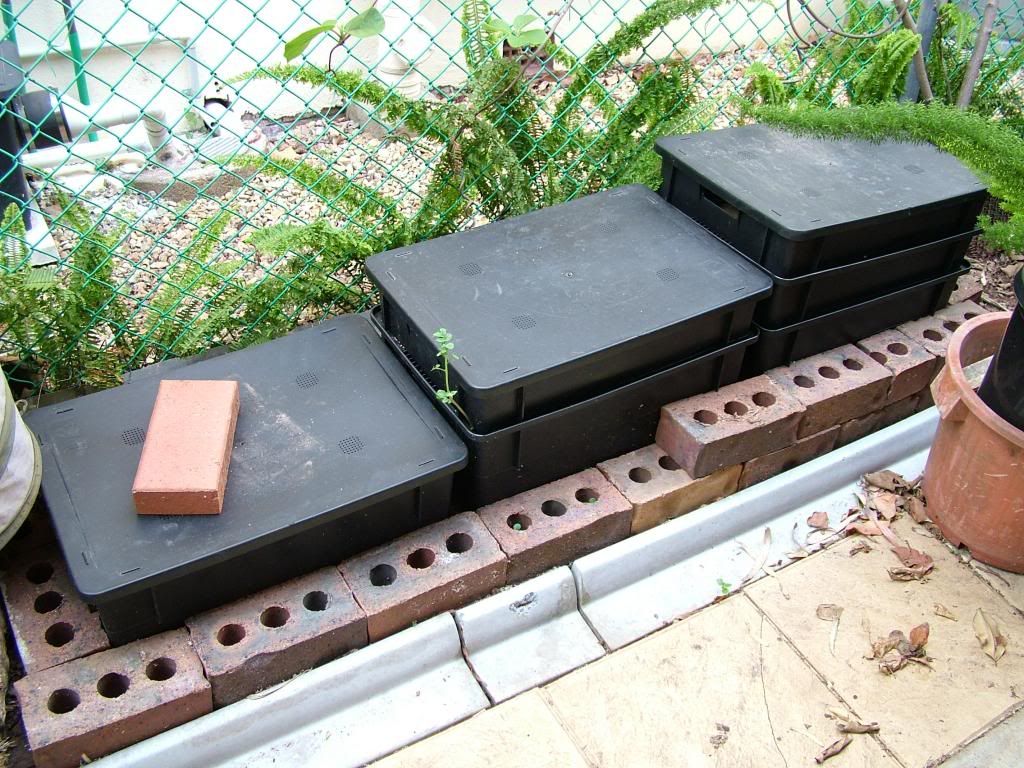












Allan Ewan wrote:I'm assuming you have a two bin rm system.




Sam Becze wrote:
Allan Ewan wrote:I'm assuming you have a two bin rm system.
Sorry, I am quite new to this process. So i'm not sure what you mean by "rm"? I do like the idea of stacking bins though. I was previously thinking of some sort of flow through bin, but I was having trouble figuring out how to get the finished compost out without emptying the whole thing. But the stacking idea would eliminate that problem. All you would have to do is add a new bin with fresh bedding when the one on the bottom got full. I wonder about the timing though. Do you know approximately how long it would take the worms to migrate from one bin to the next?




Zone 6 Ohio
 1
1














Mobile Chicken house build-
http://www.permies.com/t/48452/chickens/Mobile-Chicken-house#388147






Iterations are fine, we don't have to be perfect
My 2nd Location:Florida HardinessZone:10 AHS:10 GDD:8500 Rainfall:2in/mth winter, 8in/mth summer, Soil:Sand pH8 Flat




Baldwin Organic Garden Share Our home-based garden cooperative. Tribal Wind Arts Rustic Furniture & Artisan-Craftwork from reclaimed suburban trees









